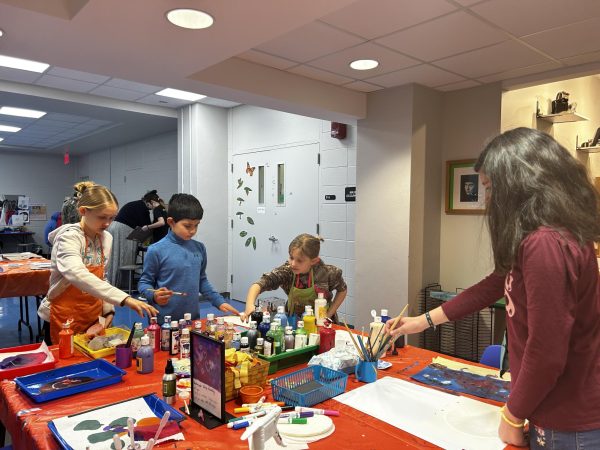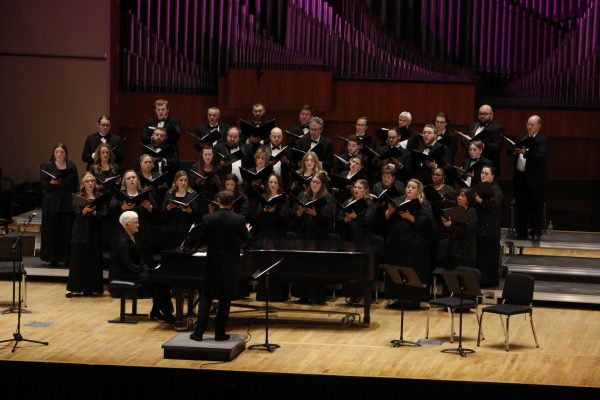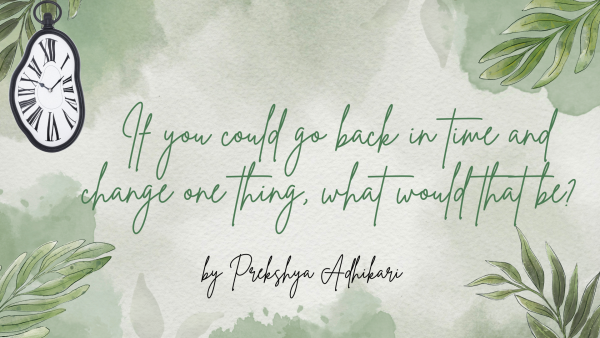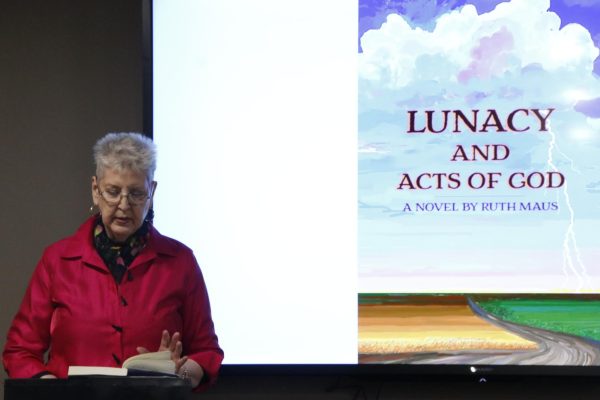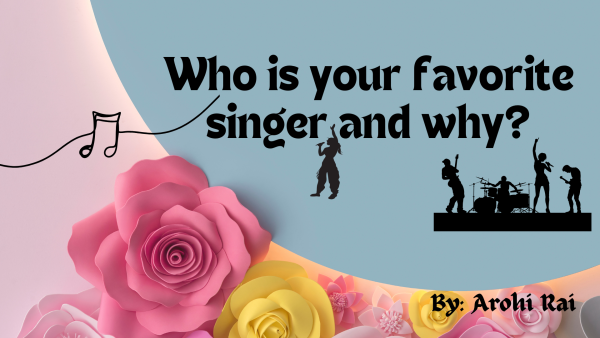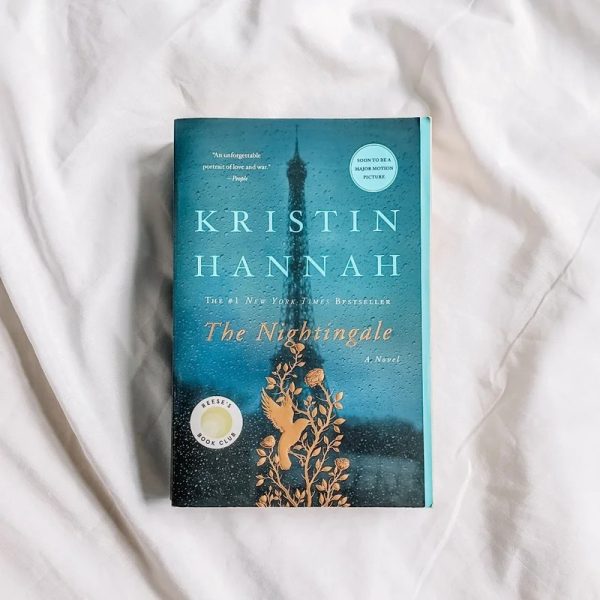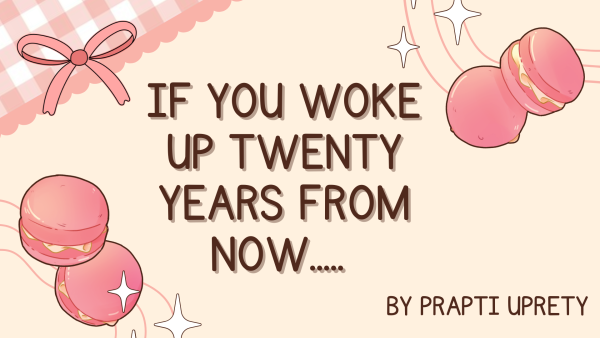New AI art programs provide inspiration for students and professors
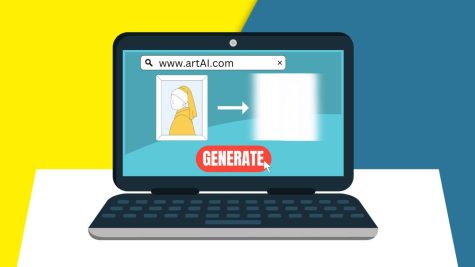
The increasing popularity of artificially generated art has become a salient topic in the public’s mind, especially for artists and other creatives. The use of such programs are being introduced into classrooms and used for inspiration.
Many artists have a positive outlook on the future of AI art programs. Ashley Raines, a fourth-year graphic design student, sees these programs as a way for artists to garner inspiration to then create original pieces.
“If you can’t find a reference to something, maybe look at it as a reference and then get your own ideas off of it,” Raines said.
Azyz Sharafy, professor of electronic arts and graphic design, has dedicated a significant portion of his career to integrating art and technology. With a background in digital art and technology, he’s at the forefront of the AI art explosion both in and out of the classroom.
“I want to actually have a mini-conference at Washburn about the ethics of AI and how AI can, be used in teaching.”
Sharafy has already introduced AI art technology to his students by encouraging them to use these programs for inspiration.
“So what I’m trying to do is use it as a tool but keeping track of what the students are doing in terms of the artwork,” Sharafy said. “But it’s kind of a difficult thing because when they’re not being supervised how do you know where everything is coming from?”
Despite the benefits of using AI, Sharafy acknowledges the moral, social and ethical implications presented by AI.
“Who’s doing it? Where’s it coming from? What is the talent of the artist? How much as a tool can you use it? These are the ethical questions that will come up,” Sharafy said.
Some AI programs collect data from web crawlers, a type of bot that indexes data from pages around the web. Other programs allow the user to upload images of their choosing. When the user inputs text, the AI analyzes the pictures and attempts to reproduce them by matching the input text to its index data. The problems arise when AI analyzes and attempts to reproduce copyrighted works, but progress has been made on this front.
“One of the fascinating things about AI is that it can give you a result which has no copyright,” Sharafy said.
Several popular AI art programs have come out with commercial terms of use, allowing creators the ability to monetize their AI-generated artwork through the sale or licensing of the image. This is possible by limiting the AI’s input to non-copyrighted works, effectively avoiding copyright infringement.
According to Sharafy, it’s impossible to say exactly how AI art technology and its uses will evolve in the future; but one thing’s for sure, it’s here to stay.
Edited by Aja Carter, LeSha’ Davis and Glorianna Noland
Your donation will support the student journalists of Washburn University. Your contribution will allow us to purchase equipment and cover our annual website hosting costs.




